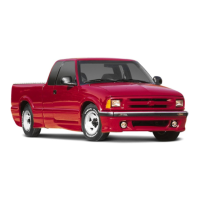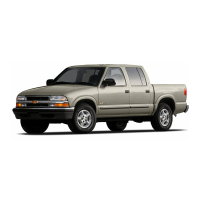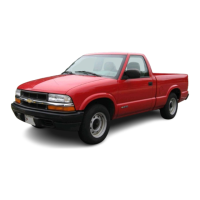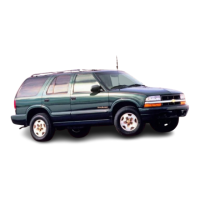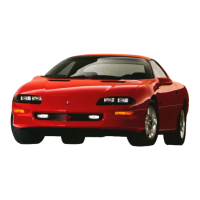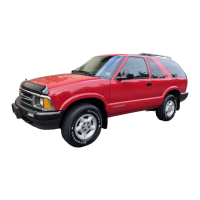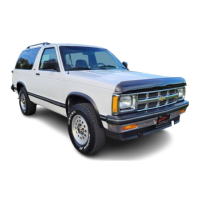c.
-.
..
.
Your
Driving and
the
Road
Turn and lane change signals: Always signal when you plan to turn or
change lanes.
If
necessary, you can use hand signals out the window: Left arm straight out
for a left turn, down for slow or about-to-stop, and up for a right turn.
Slowing down:
If
time allows, tap the brake pedal once or twice in advance
of slowing or stopping. This warns the driver behind you.
Disabled: Your four-way flashers signal that your vehicle is disabled or is a
hazard. See “Hazard Warning Flasher’’ in the Index.
Traffic Officer
The traffic police officer is also a source of important information. The officer’s
signals govern, no matter what the traffic lights or other signs say.
The next part discusses some of the road conditions you may encounter.
Defensive Driving
The best advice anyone can give about driving is: Drive defensively.
Please
start
with a very important safety device in your vehicle: Buckle up.
(See “Safety Belts” in the Index.)
Defensive driving really means “be ready for anything.” On city streets, rural
roads, or freeways, it means “always expect the unexpected.”
Assume that pedestrians or other drivers are going to be careless and make
mistakes. Anticipate what they might
do.
Be ready for their mistakes.
Expect children to dash out from behind parked cars, often followed by other
children. Expect occupants in parked cars to open doors into traffic. Watch for
movement in parked cars-someone may be about to open a door.
Expect other drivers to run stop signs .when you are on a through street. Be
ready to brake
if
necessary as you go through intersections. You may not
have to use the brake, but if you
do,
you will be ready.
If
you’re driving through a shopping center parking
lot
where there are
well-marked lanes, directional arrows, and designated parking areas, expect
some drivers to ignore all these markings and dash straight toward one part
of the lot.
Pedestrians can be careless. Watch for them. In general, you must give way
to pedestrians even
if
you know you have the right of way.
Rear-end collisions are about the most preventable of accidents. Yet they are
common. Allow enough following distance. It’s the best defensive driving
4-8

